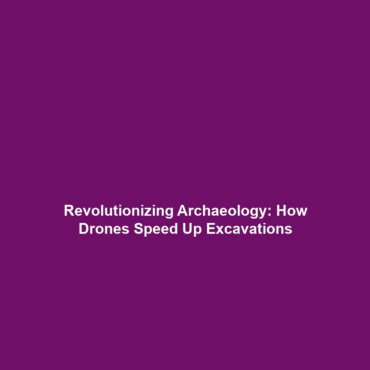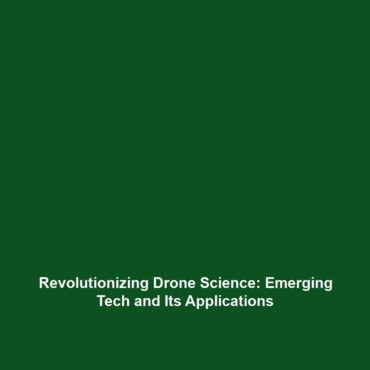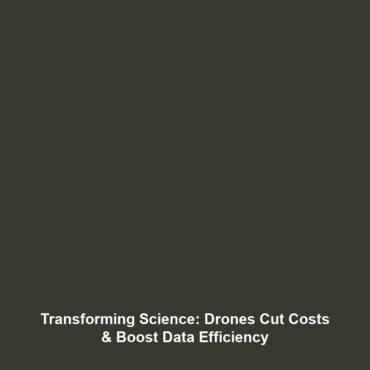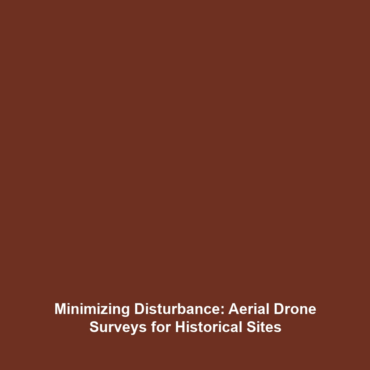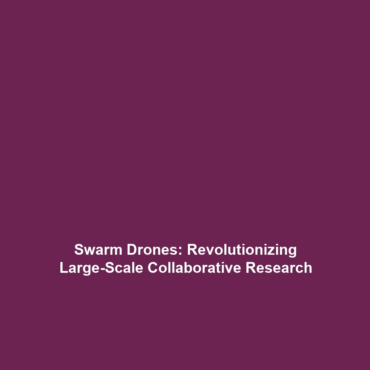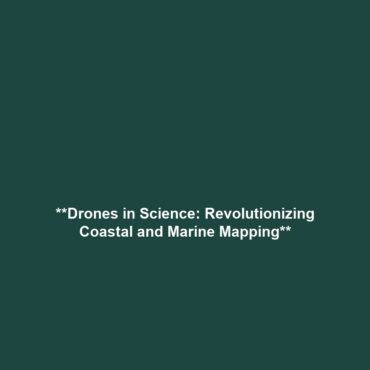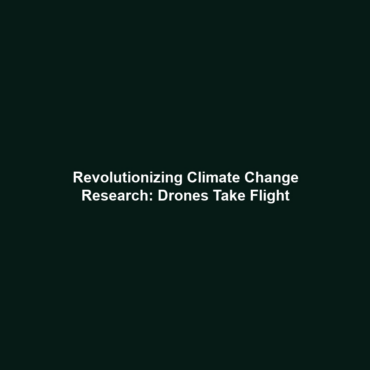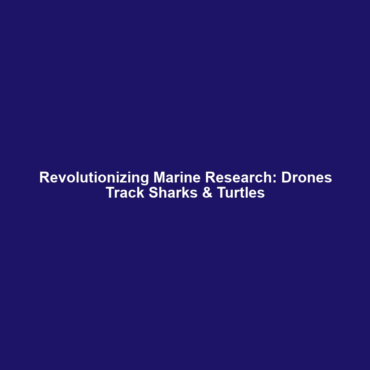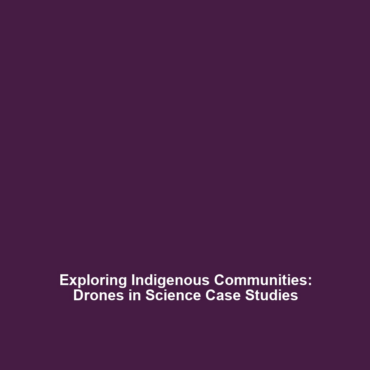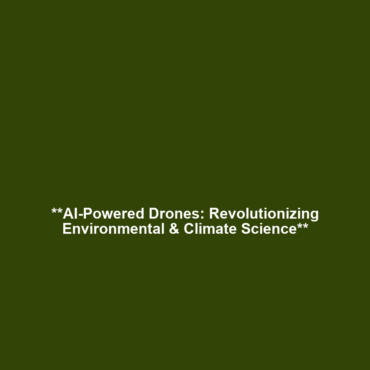The Benefits of Using Drones in Archaeological Digs: Reducing Excavation Time and Preserving Sites
Drones have revolutionized various fields, particularly archaeology, where their application significantly enhances excavation efficiency and site preservation. The integration of drones in archaeological digs is a pivotal advancement within the broader scope of drones in science. By utilizing aerial technology, archaeologists can maximize their efforts while minimizing the risks associated with traditional excavation methods. This article examines the multifaceted benefits of employing drones, focusing on how these innovations reshape archaeological practices.
Key Concepts
The primary concepts surrounding the benefits of using drones in archaeological digs include:
- High-resolution imaging: Drones equipped with specialized cameras can capture detailed aerial images of archaeological sites without disturbing the ground.
- 3D modeling: By collecting images from multiple angles, drones can assist in creating three-dimensional models of excavation sites, enabling better planning and analysis.
- Geographical mapping: Drones facilitate precise mapping of terrain, allowing archaeologists to identify potential excavation sites over large areas effectively.
This fits seamlessly into the category of drones in science, as it exemplifies how modern technology enhances traditional research methods, ensuring comprehensive data collection while preserving the integrity of historical sites.
Applications and Real-World Uses
Drones find substantial applications in archaeology, exhibiting how drones are used in archaeological digs to enhance efficiency:
- Surveying remote locations: Drones enable archaeologists to survey hard-to-reach places, such as dense forests or rugged landscapes, facilitating the discovery of previously unknown sites.
- Site monitoring: Regular drone surveillance can monitor changes at archaeological sites, providing valuable data on site preservation over time.
- Documenting excavations: Capturing the excavation process with drones ensures comprehensive documentation, aiding in both research and educational purposes.
Current Challenges
While there are numerous advantages to using drones in archaeological digs, several challenges persist:
- Regulatory barriers: Strict regulations regarding airspace can limit where drones can be deployed for archaeological purposes.
- Technical limitations: Drones can face issues like battery life constraints and weather interference that affect flight operations.
- Data management: The extensive data collected requires significant expertise for processing and analysis, posing a learning curve for some professionals.
These challenges highlight the issues in drones in science, emphasizing the need for ongoing efforts to enhance drone technologies and associated regulations.
Future Research and Innovations
Looking ahead, research into drones in archaeology continues to progress, with exciting innovations on the horizon:
- Enhanced AI integration: The use of artificial intelligence for data analysis will likely streamline how archaeologists interpret aerial images.
- Improved battery technology: Advances in battery life will allow drones to cover larger areas without needing to recharge, enhancing overall efficiency.
- Real-time data sharing: Future developments may include capabilities for real-time data streaming, allowing collaborative analysis during excavation efforts.
These innovations signal a transformative future for drones in science, particularly within the field of archaeology.
Conclusion
In summary, the benefits of using drones in archaeological digs are manifold, significantly reducing excavation time and preserving the integrity of invaluable historical sites. The integration of drone technology is reshaping archaeological practices, demonstrating a critical evolution in the discipline. As research continues and innovation unfolds, the role of drones in archaeology is poised for even greater significance. For further exploration of related topics in the field, consider reviewing our discussions on drones in environmental science or the future of drone technology.
